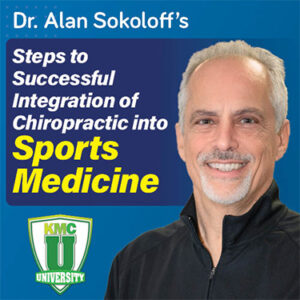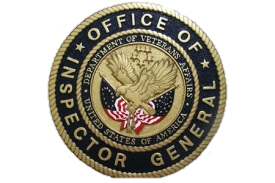Posted by Kathy Weidner on May 22, 2020
Many of the doctors we meet tell us they’re not too worried about their chiropractic documentation. “We’ve got that covered,” they say. “I think we’re probably fine.” “I’m fine, right?”
We wish we shared their optimism, but statistics—as well as our own practical experience—tell us that their chiropractic documentation is probably not anything close to fine. A few years back, the Office of Inspector General (OIG) from the Department of Health and Human Services (HHS) reported that as many as 94 percent of chiropractic records are missing or inadequately presenting some key elements — evaluation, a treatment plan, medical necessity, and/or contraindications to treatment. That statistic matches up with what we generally find when we take a look at someone’s documentation as a sort of “white hat” auditor. Even DCs who tell us at the outset that they think their paperwork is solid have, instead, documentation errors that put their practice at risk.
A recent new client is a great example. One of the blessedly open-minded, this DC came to us because of documentation concerns. But even she was horrified when we found that her Medicare documentation error rate was 100% , yes 100%! That means that there was something seriously missing, miscoded, or misstated in every single Medicare claim the practice filed. Their risk factor for an audit? Insanely high.
These are the kinds of errors our “white hat audits” most commonly find:
Under- and over-coding E/M services
The Centers for Medicare and Medicaid Services (CMS) have set forth clear guidelines for what’s required for documentation and coding of these services. But because many doctors have never seen these guidelines, they tend to use whatever code feels right or rely on the amount of time spent. That means some doctors will end up “guessing” too high or too low for the amount of work performed. If you review your information and make a checklist of the items required, you’ll likely be surprised at how much work you’re doing that you’re not charging for. Or, you may find that you’re not documenting completely. Either way, both under or over-coding constitute waving a red flag. Auditors examine outliers—any doctor who falls outside normal billing patterns—more closely.
Coding and documenting incorrectly
Doctors know the treatment they give an individual patient and therefore feel justified in how they code the service—but if their documentation doesn’t support the code, it’s a problem. Remember, as far as a third-party payer (or auditor) is concerned, if it isn’t in writing, it didn’t happen. So, if for example, you bill a chiropractic manipulative treatment (CMT) code for a certain level of service, but the documentation only justifies a lower number of regions treated, you’ve just waved another red flag. Note: these kinds of mistakes are most often found in post-payment audit reviews and can cost a practice thousands of dollars in repayment. This should be a reminder to ensure that your daily documentation record and billing record match exactly.
Cloning records (aka SALT every visit) or rote justification of medical necessity
When each chiropractic visit looks the same as the last and statements like “same as last visit” pepper the daily notes, it’s difficult for a third-party reader to ascertain the necessity of each visit. Standard guidelines dictate what must be included, and it can be very easy to get into the trap of rushing through your daily documentation. Most chiropractic documentation software programs allow you to start with the notes from the last visit, so you can modify from there. The error here is that when you get rushed or lax, you may be tempted to minimally modify and move on. Resist the impulse, and make sure each visit and its documentation is “encounter-specific.”
These aren’t the only mistakes we find by a long shot—others include easy-to-overlook mistakes like a doctor’s initials instead of a full signature or general illegibility in the notes. Any of them can kick back a claim. And any of them can be a problem in an audit.
Fortunately, as with most things, being willing to admit you may have a problem is a huge step in the right direction. Our client with the 100% error rate? Thanks to a lot of unflinching courage and a little hard work, her practice’s current Medicare claim error rate is 8%. Now, that’s a number that justifiably inspires confidence.
So, for those of you reading who are still thinking, “Yeah, that must have been one messed-up practice, our documentation is fine”—well, you may be right. But statistics say that you have a 94% chance of being wrong. Our recommendation: get proactive, and find out what’s really going on in your documentation – before an outside auditor does.
Kathy Mills Chang is a Certified Medical Compliance Specialist (MCS-P), Certified Chiropractic Professional Coder (CCPC), and Certified Clinical Chiropractic Assistant (CCCA). Since 1983, she has been providing chiropractors with reimbursement and compliance training, advice, and tools to improve the financial performance of their practices. Kathy leads the team of KMC University specialists and is known as one of our profession’s foremost experts on Medicare, documentation and CA development. Kathy or any of her team members can be reached at (855) 832-6562 or info@KMCUniversity.com








Comments on My Chiropractic Documentation is Fine